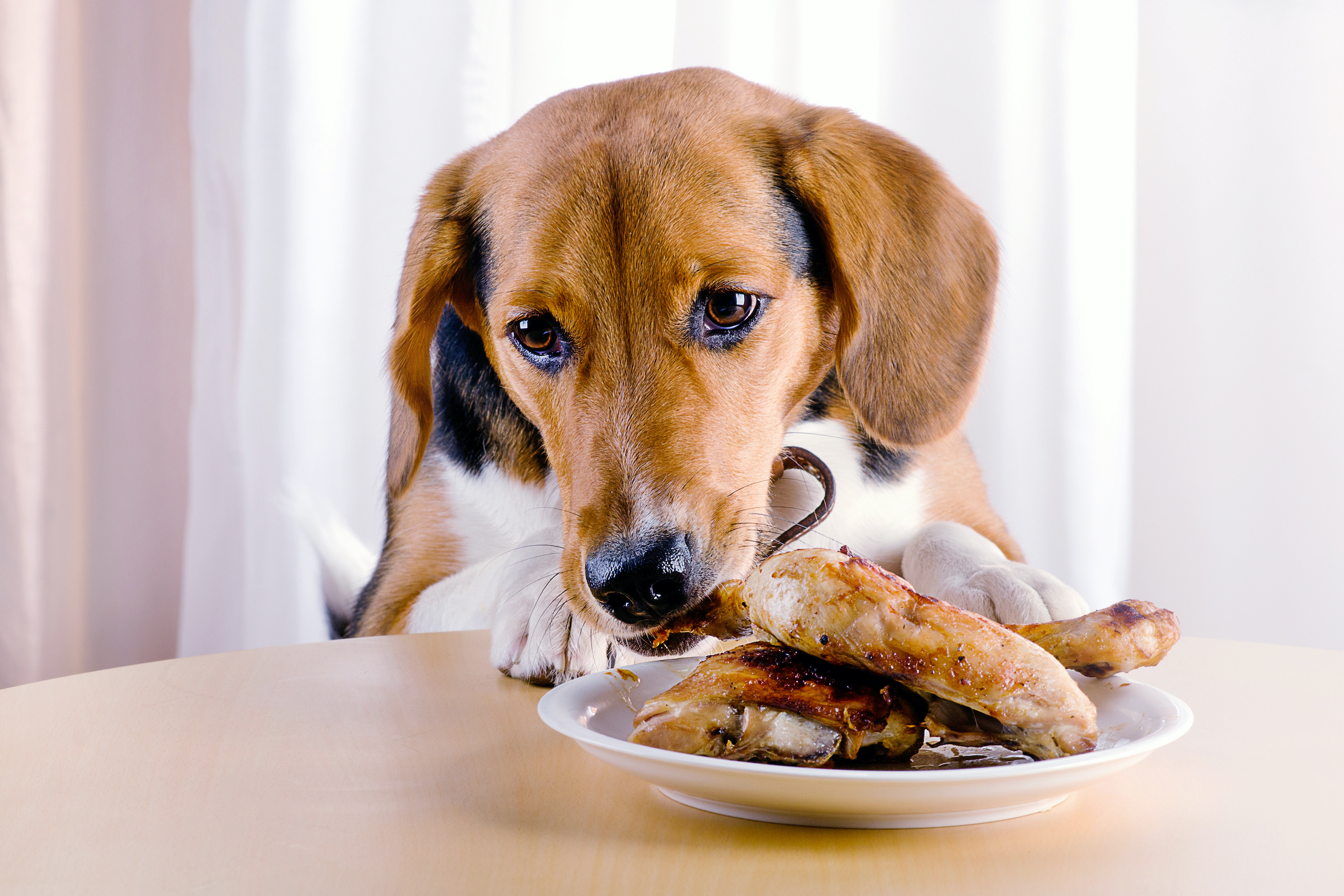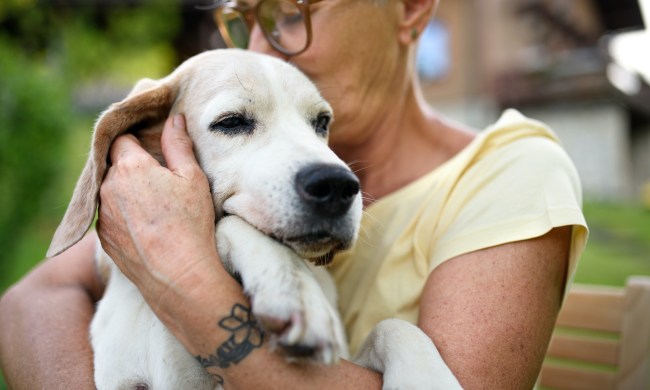Turns out, there’s a meal that everyone at home will enjoy! Chicken and rice is a simple yet delectable combination of comfort food that’s not only tasty for dogs but beneficial for them, too. With their neutral properties, they’re an especially enticing meal option when Fido isn’t feeling quite himself, even though perfectly healthy dogs enjoy this delicacy as well.
Despite the popularity of chicken and rice for dogs, there’s still so much to know. Switching your dog’s food is no small matter, and it should be done with utmost care. Nonetheless, you won’t get an argument from your pup when you give him this yummy meal!
Why you should feed your dog chicken and rice

Chicken and rice is to dogs what chicken soup is to people: a simple yet satisfying comfort food. It’s easy on the senses and the stomach, so it’s often a vet-recommended go-to for pups who are under the weather — whether sick or just a little stressed.
Rice is low in fiber and easy to digest, which makes it ideal for dogs who need to re-regulate their systems. Make sure to feed your dog white rice, which is packed with starchy carbohydrates, and not brown rice, which can be harder to digest (AKC). Chicken is also easy on the stomach, and it’s a great source of protein, healthy fat, vitamins, minerals, and amino acids (AKC).
When changing your pup’s diet, always keep an eye on his health and his weight. Of course, talking with your vet is a smart idea, especially if your dog is acting under the weather or experiencing gastrointestinal troubles such as diarrhea or vomiting for longer than a day. If you’re the companion of a picky eater or a dog with a sensitive stomach, make sure to stay on top of your pup’s checkups and weigh-ins. A healthy pup is a happy one!
Chicken and rice: Just for when your dog is sick?

There’s no question about this comfort food’s benefit for when your pooch is not feeling well, but you may want to give it more thought before making this staple the majority of your dog’s everyday diet.
Chicken and rice are quite bland, which, while great for sensitive stomachs, doesn’t provide all the vitamins and minerals your dog needs to stay healthy. Consider adding bone broth (which is hydrating and nutritious) to this delicious meal to give it a boost. Talking to your vet is the best way to learn about your pet’s specific needs and how you can meet them, whether you make their meals at home or are looking for something they’ll like better.
The idea is to create a varied and balanced diet for your dog, which many vet-recommended kibbles can help with. If you choose to make your pup’s food at home, be sure to add more than chicken and rice to his bowl! This will prevent a multitude of health issues, including but not limited to heart disease, brittle bones, and thyroid issues. Research says that nutritionally complete dog food contains appropriate amounts of fiber (think veggies), protein, and carbohydrates, as well as a bit of healthy fat.
How to boil chicken and rice for dogs

You will probably find it easiest to begin with the chicken, as it can take a bit longer than the rice to prepare. Additionally, you may want to use your leftover chicken broth to boil your dog’s rice in for extra flavor. Boneless, skinless chicken breasts are the simplest (and quickest) to boil, but you can also remove the meat from the bones prior to cooking. Remember, bones can make excellent broth, too!
Two to three chicken breasts and about 1 cup of uncooked rice should give you enough for a few meals, depending on your dog’s size and appetite. Make sure not to give him more than he would normally eat at mealtime, even if he hasn’t had food in a while. If he’s still hungry, you can always wait a bit and give him a little more.
On the stove, place your chicken in a pan with enough water to cover them. Bring the water to a boil, then lower it to a simmer while cooking your chicken. You’ll know it’s done when the meat is white all the way through— 15 to 30 minutes, on average. Don’t forget to shred it into chewable pieces before serving it to your pup.
The next step is to boil your rice, either in water or the chicken broth you just made. Once it’s ready, just mix it with the rice, let it cool, and feed your fur baby! You may want to make use of the leftover bone broth you have, whether by pouring it over your dog’s next few meals or freezing it into ice cube treats for your pup.
How much chicken and rice should I give my dog?

Feeding your dog chicken and rice is a smart move, whether he’s under the weather or just feeling kind of picky. It’s great for homemade dog food recipes, and you’ll probably find these ingredients in many commercial dog foods as well. With their neutral flavors and nutritious properties, chicken and rice are perfect for sensitive systems, and, honestly, this combo is delicious!




